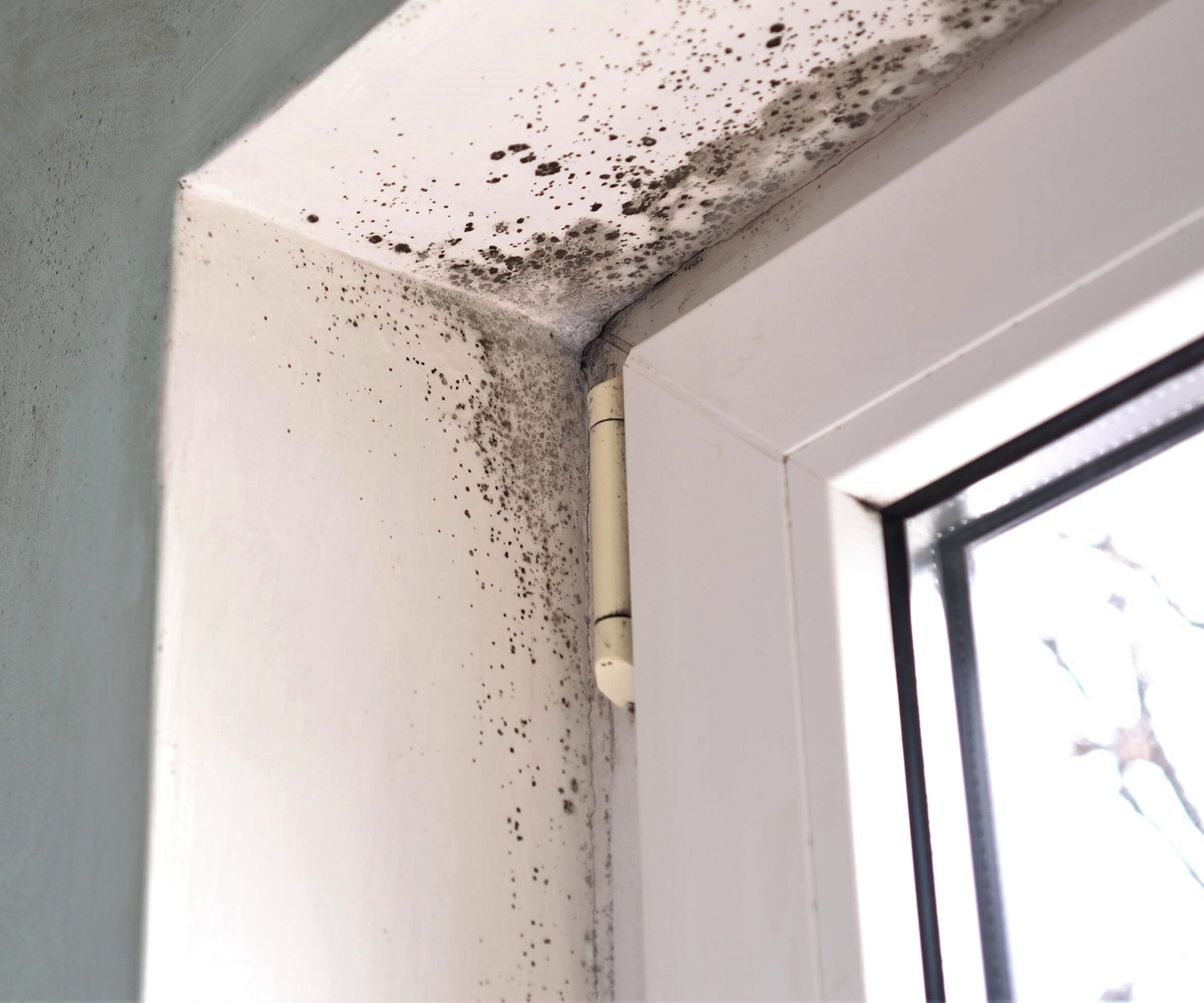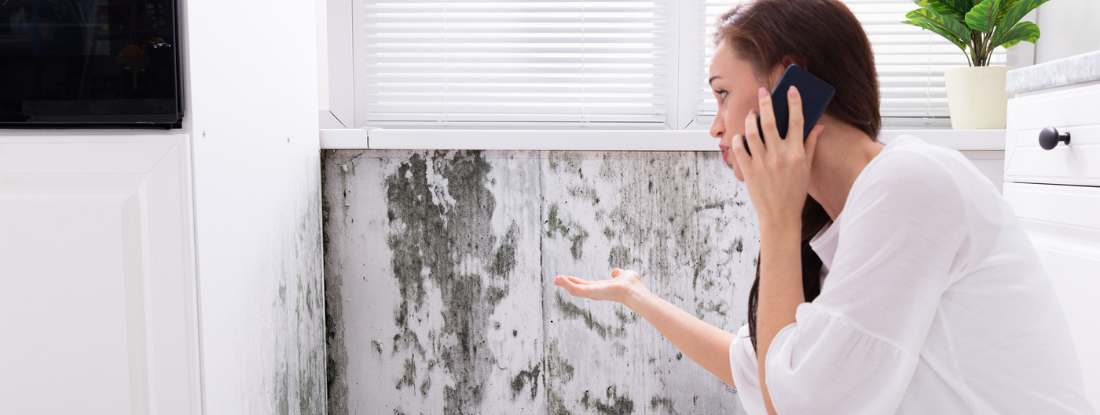Testing Air Quality After Mold Remediation
Testing Air Quality After Mold Remediation
Blog Article
Professional Tips for Article Mold Removal Success
In the realm of mold and mildew removal, successfully eliminating mold is only half the battle; the true obstacle exists in stopping its reappearance. By sticking to experienced pointers and best practices, people can safeguard their rooms versus mold renewal and preserve a healthy and balanced indoor environment.
Monitor Moisture Degrees Routinely
After finishing mold and mildew remediation procedures, keeping optimum humidity degrees is important to prevent mold re-growth and make certain a healthy and balanced interior environment. High humidity degrees over 60% create a favorable setting for mold and mildew to prosper, making regular monitoring an aggressive procedure to prevent any type of future mold and mildew issues.
Using hygrometers or moisture meters can aid in accurately determining moisture levels in various locations of the building. These devices offer real-time information that allows remediation specialists to make informed decisions relating to air flow, dehumidification, and various other necessary actions to maintain optimal moisture degrees post-remediation. Furthermore, developing a regular timetable for moisture checks, particularly in risky locations such as kitchen areas, bathrooms, and cellars, is an aggressive strategy to mold avoidance. By constantly checking moisture levels, homeowner can effectively mitigate the threat of mold and mildew reoccurrence and keep a healthy indoor environment post-remediation.
Conduct Thorough Inspections Post-Remediation
Adhering to the completion of mold removal procedures, it is vital to carry out comprehensive inspections to confirm the effectiveness of the removal process. These post-remediation inspections are crucial in making sure that the mold problem has been successfully resolved and that there is no recurrence or staying mold growth. Assessments need to be brought out by certified specialists who have proficiency in determining mold and analyzing indoor air top quality.
Throughout these inspections, different approaches such as aesthetic analyses, air tasting, and surface area sampling might be used to thoroughly examine the remediated locations. Aesthetic evaluations entail a detailed examination of the premises to look for any visible signs of mold and mildew growth or water damage. Air sampling helps in identifying the airborne mold and mildew spore levels, while surface tasting can spot mold and mildew bits on surface areas.
Implement Appropriate Air Flow Strategies
After making certain the efficiency of the mold remediation procedure via comprehensive assessments, the next essential action is to concentrate on carrying out proper air flow techniques. Sufficient ventilation is important in preventing mold reoccurrence by controlling dampness levels and promoting air blood circulation.
Appropriate ventilation not only help in preventing mold and mildew growth yet also adds to the total health and wellness and convenience of owners. By making sure adequate ventilation throughout the residential or commercial property, you can minimize the threat of mold regrowth and produce a much healthier living atmosphere. Normal upkeep of air flow systems, consisting of cleaning and filter substitutes, is crucial to sustaining reliable air flow. Consulting with a/c specialists can provide further insights into enhancing ventilation techniques for your certain building needs.

Usage Mold-Resistant Materials for Repairs
To boost the lasting efficiency of mold and mildew removal initiatives, incorporating mold-resistant products for fixings is critical in alleviating the danger of future mold development. Mold-resistant materials are created to stand up to wetness and hinder mold development, making them an essential selection for areas vulnerable to dampness and moisture. When repairing locations influenced by mold, utilizing products such as mold-resistant drywall, mold-resistant paints, and mold-resistant caulking can assist stop mold reappearance.
Mold-resistant drywall is an outstanding choice to conventional drywall in locations like cellars and washrooms where wetness levels are higher. This kind of drywall has an unique covering that stands up to mold growth even when subjected to damp conditions. Furthermore, utilizing mold-resistant paints having antimicrobial representatives can further prevent mold development on walls and ceilings.
In areas where wetness prevails, such as washrooms and cooking areas, making use of mold-resistant caulking around sinks, tubs, and windows can help seal out water and protect against mold from holding in splits and gaps. By purchasing these mold-resistant products throughout repair services post-remediation, you can considerably minimize the possibility of future mold concerns and keep a much healthier indoor setting.
Maintain Sanitation and Address Water Issues
Making sure cleanliness and immediately dealing with water issues are essential practices to maintain in safeguarding indoor areas from mold reinfestation. After mold removal, it is important to maintain a tidy environment to stop the regrowth of mold (what to do after mold remediation). Routine cleansing, cleaning, and vacuuming can assist remove any type of sticking around mold spores and stop them from resolving and proliferating. Additionally, maintaining interior areas completely dry and attending to any water problems promptly is essential in mold and mildew click for more info prevention. Leaks, water invasion, or high humidity degrees can create the ideal reproduction ground for mold, so it is vital to deal with any water-related issues right away.
To maintain tidiness, consider utilizing HEPA filters in vacuums and air purifiers to catch mold spores and prevent their flow in the air. Furthermore, making sure appropriate ventilation in locations susceptible to moisture buildup, such as shower rooms and kitchens, can aid maintain humidity degrees in check. By remaining attentive regarding sanitation and dealing with water concerns quickly, you can properly protect against mold reinfestation and keep a healthy and balanced indoor atmosphere.
Final Thought

In the world of mold and mildew removal, effectively my site eliminating mold and mildew is just half the battle; the real difficulty lies in stopping its reappearance. After finishing mold removal procedures, preserving optimum humidity levels is crucial to stop mold re-growth and guarantee a healthy and balanced indoor setting. High humidity levels over 60% create a conducive atmosphere for mold to flourish, making routine checking an aggressive action to prevent any type of future mold issues.
To boost the long-term effectiveness of mold remediation initiatives, including mold-resistant products for repairs is essential in mitigating the danger of future mold growth. After mold removal, it is crucial to maintain a tidy setting to stop the regrowth of mold and mildew.
Report this page